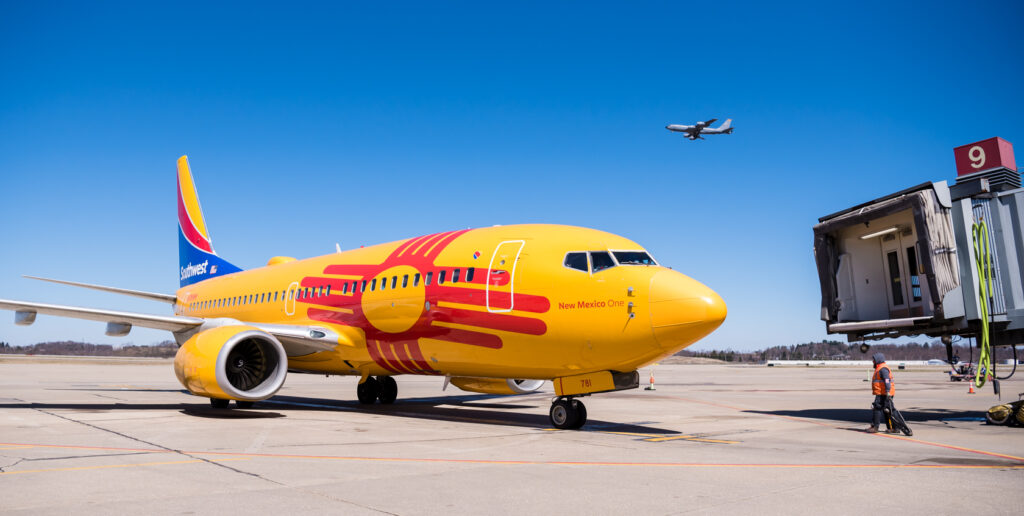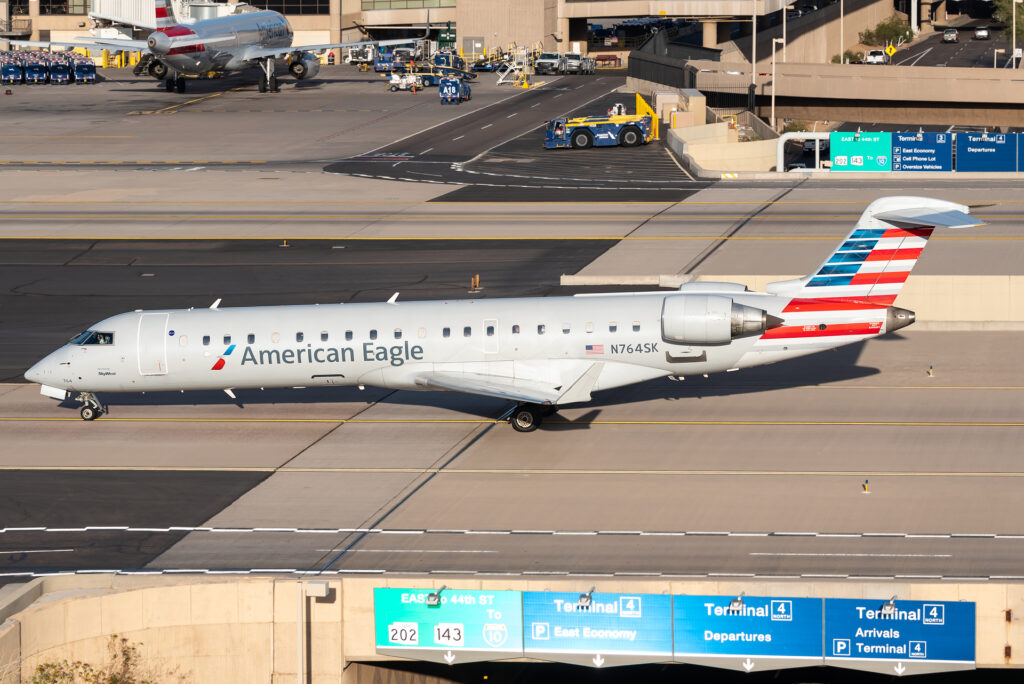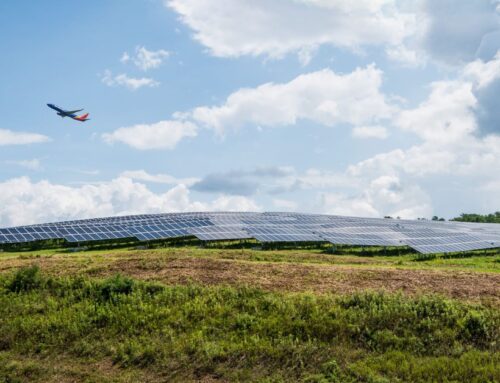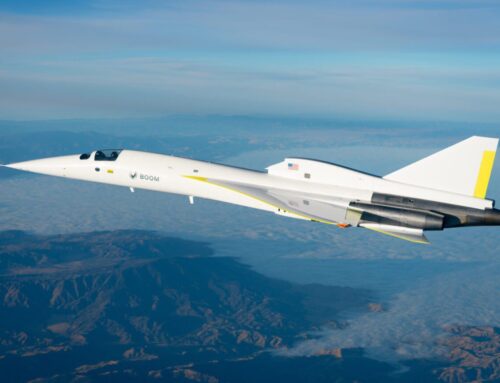Too Hot to Fly? Why Climate Change Could Affect Your Flight
Extreme temperatures can ground planes, alter departure times
By Matt Neistein
Published August 15, 2022
Read Time: 4 mins
When weather disrupts air travel, we typically think of dramatic events: thunderstorms, blizzards, even tornadoes.
But sometimes, it just gets too hot to fly a plane. Literally.
And while those occasions have been few and far between, climate change and increasing temperatures around the globe are bringing more attention to the effect of heat on commercial aviation.
RELATED: 1 Year Later, PIT Looks to Expand Microgrid
“The robustness of aircraft and indeed the robustness of the entire aviation system should be monitored carefully, as the sector will have to prepare for the more extreme meteorological conditions that are expected in the future as the climate continues to change,” wrote the International Civil Aviation Organization in a 2016 report.
When record heat in the United Kingdom this summer caused a “surface defect” in a runway at Luton Airport north of London—later clarified as a small part of the runway lifting—it was widely referred to as the runway “melting.”
A Royal Air Force base encountered a similar issue around the same time. Both airports had to suspend or divert flights as a result.
But the effects of extreme heat don’t have to be so dramatic to keep aircraft grounded. While surface temperatures can affect infrastructure like runways, the air temperature alone can prevent an airplane from even taking off.
Physics of flight
Controlled mechanical flight involves an incredible number of factors, but among the most fundamental are two pairs of physical principles: (1) thrust and drag, and (2) lift and mass (or weight).
Put very simply, thrust must be generated by engines to move the aircraft against the opposing drag force, and enough lift must be generated to overcome the mass of the vehicle and achieve liftoff. Every pilot understands how these principles interact and affect an aircraft.
However, one uncontrollable variable is also crucial to this process: air density.

Air is less dense at hotter temperatures which reduces the takeoff performance of aircraft. As a result, flights may have to depart with less passengers on board and in extreme cases, delay flights. (Photo by Beth Hollerich)
Generally speaking, the hotter the air, the lower its density; that is, the molecules comprising it are further apart. Thinner air generates less lift and requires engines to work harder to create thrust.
That’s why, for example, aircraft have specifically assigned limits to how high they can fly based on their size, power and other characteristics. The higher you go, the thinner the air.
But air density, or the lack thereof, can prevent a plane from even getting off the ground, as well.
“With less air density, you’re going to need a greater speed to generate the same amount of lift that you typically need in colder weather, and that’s tough with shorter runways,” said Dr. Matt Barry, an assistant professor of mechanical engineering and materials science at the University of Pittsburgh and a licensed pilot.
That happened in Phoenix and Las Vegas in 2017, and again in Las Vegas last year. In 2018, British Airways had to lighten flights by removing passengers in order for planes to get airborne during a heat wave.
While these incidents are outliers in terms of the overall number of flights operated globally each year – and not expected to impact places like Pittsburgh – the effects of climate change will likely make them more common in the future, experts fear.
“You go from truly outlier cases to what may be 5 percent and then 10 percent and maybe even 20 percent of flights being impacted in some way at some airports,” Robert Mann, president of consulting firm R.W. Mann. & Co., told USA Today earlier this year.
What can be done?
As British Airways demonstrated, there are ways to counteract the effects of extreme heat on commercial flight, including lightening the aircraft by offloading passengers or cargo.
Rather than an isolated incident, however, some research shows that there may be long-term trends when it comes to aircraft shedding weight to accommodate the warming climate. That could have a lasting impact on the industry.
RELATED: PIT, CNX Develop Fuel Strategy to Reduce Emissions, Costs for Aviation
Fortunately, aircraft manufacturers continuously seek ways to build lighter airplanes, using high-tech materials and aerodynamic design that create more thrust and lift, reducing the impact of environmental conditions like temperature on flights.
The burden doesn’t lie solely on aircraft, however. Some solutions can be found in an airport’s infrastructure.

A SkyWest Airlines CRJ-700 taxis at Phoenix Sky Harbor International Airport in March 2022. Bombardier CRJ aircraft were most impacted by Phoenix’s 2017 heat wave resulting in flight delays. (Photo by Evan Dougherty)
Airports located in some of the world’s hottest locales, such as Dubai International Airport, feature very long runways made of materials specifically designed to withstand high heat.
The extra space gives pilots more room to generate higher amounts of thrust—in other words, to build up more speed to generate lift in the thinner air.
Other answers may lie in how the industry adapts. Some carriers operating in hotter regions often favor nighttime departures, when the air is cooler. And network planners can account for aircraft types when assigning them routes linked to airports susceptible to excessive heat conditions.
For example, the 2017 Phoenix cancellations were due in part to airlines using Bombardier CRJ aircraft, which have a maximum operating temperature of 118 degrees, on days reaching 120 degrees.
Every aircraft has an operators manual that details the parameters under which it can fly, and that includes tables that account for temperature and other factors, Barry said.
“You’ll look at the manual and go, ‘OK, I need an extra 500, 600, 700 feet of runway length (in this temperature) before I get airborne, and the rate at which I can climb is greatly reduced,’” he said. “So that’s important planning depending on where you’re departing from.”






